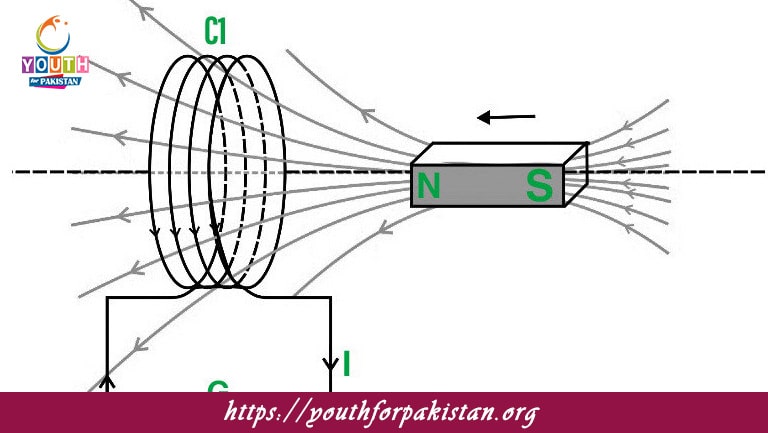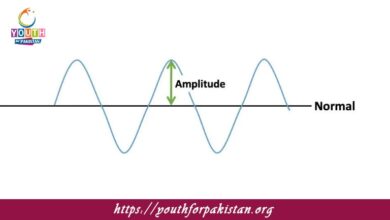Faraday’s Law MDCAT Quiz states that the induced electromotive force in a circuit is directly proportional to the rate of change of magnetic flux through the circuit. A proper understanding of Faraday’s Law is central to solving almost all problems of induced current, transformer, and electric generators for an MDCAT student, and, of course, in electromagnetism.
Test Your Knowledge with an MDCAT Quiz
An MDCAT Quiz on Faraday’s Law is an excellent way to test and reinforce your understanding. These quizzes include a variety of problems on calculating induced emf, understanding how magnetic flux changes with time, and applying Faraday’s Law to real-world devices like generators and electric motors. Regular practice will strengthen your ability to tackle questions on induction and improve your confidence for the MDCAT exam.
- Test Name: Faraday’s Law MDCAT Quiz
- Type: Quiz Test
- Total Questions: 30
- Total Marks: 30
- Time: 30 minutes
Note: Answer of the questions will change randomly each time you start the test, once you are finished, click the View Results button.
0Get Your Username and Password for MDCAT Tests
Sign Up Now
Free Flashcards for Quick Revision
Free Flashcards on Faraday’s Law—perfect for quick and effective revision. They include key definitions, formulas, and examples of how Faraday’s Law is applied in practical situations such as the operation of transformers and generation of electricity at power plants. Flashcards help you quickly recall important information and strengthen your understanding for the MDCAT exam.

Faraday’s Law of Induction relates the induced EMF to:
The rate of change of magnetic flux

Faraday's Law states that the induced EMF is proportional to:
The rate of change of magnetic flux

The SI unit of magnetic flux is:

The induced EMF in a coil is calculated by:

According to Faraday’s Law, the induced EMF depends on:
The rate of change of the magnetic flux

The formula for the induced EMF in a coil is:

In Faraday’s law, Φ represents:

Faraday’s Law is primarily concerned with:
Electromagnetic induction

The direction of the induced EMF is given by:

Faraday’s Law is applicable in:
A changing magnetic field

Faraday's Law of Induction was formulated by:

The induced EMF is strongest when:
The rate of change of magnetic flux is high

Faraday’s Law is used in the working of:

The induced EMF in a coil is proportional to:
The number of turns in the coil

In a coil with a changing magnetic flux, the induced EMF is:
Negative when the flux is decreasing

The change in magnetic flux is measured in:

The rate of change of magnetic flux is directly proportional to:

If the magnetic field is increasing in a coil, the induced current will flow:
In the opposite direction

Faraday’s Law can be expressed mathematically as:

The induced EMF will be zero if:
The magnetic flux is constant

The induced EMF is affected by:
The speed of motion of the conductor

The magnetic flux through a coil is the product of:

The direction of the induced EMF is such that it:
Opposes the change in magnetic flux

According to Faraday’s Law, a change in magnetic flux can be caused by:
A changing magnetic field

Faraday’s Law is the principle behind the working of:

The strength of the induced EMF depends on:
The rate of change of magnetic flux

If a magnet is moved into a coil, an induced current will:
Appear only when the magnet moves

Faraday's Law of Induction can explain the operation of:

The induced EMF in a conductor moving through a magnetic field is:
Directly proportional to the velocity of motion

Faraday’s Law was the first to establish a relationship between:
Magnetic fields and electric currents
Experience the real exam environment with our expertly designed collection of over 25,000 MCQs MDCAT Mock Tests.
View Your Dashboard







